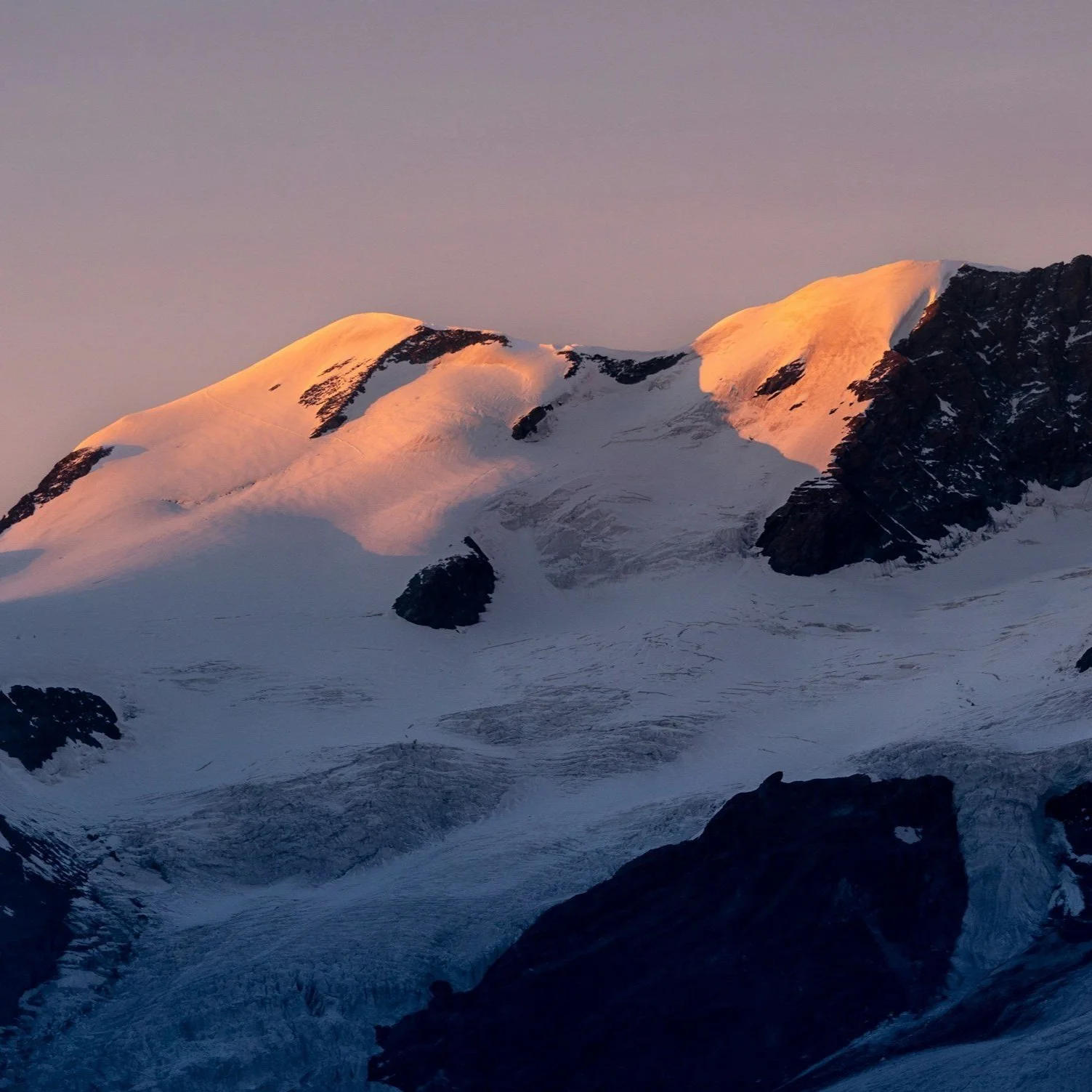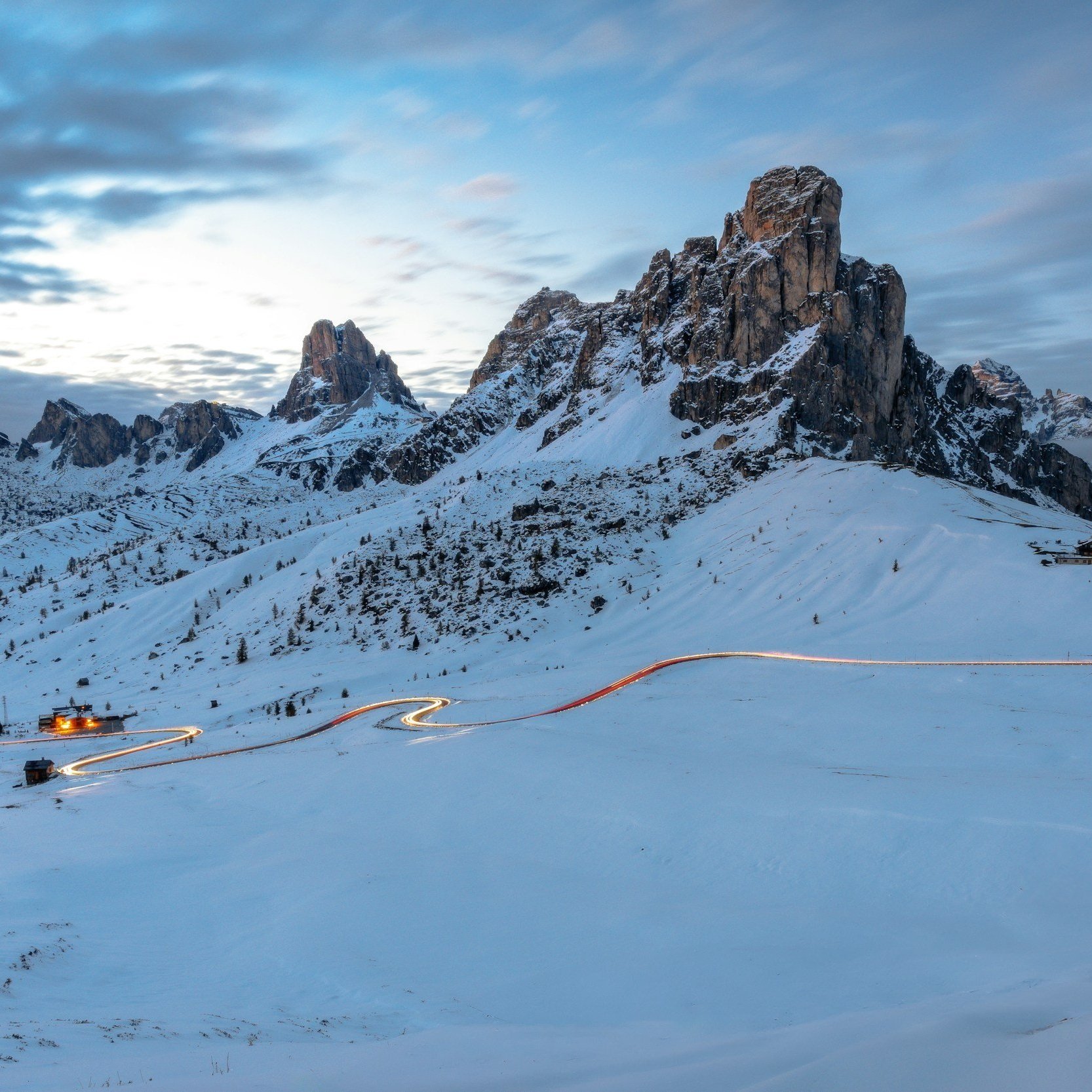

To Know Before You Go
Purchase a Sno-Park pass — day pass or season pass. Your forest pass will not cover the parking.
Check the weather - All Trails recent conditions reporting and weather app. December—March is the most consistent.
Grab a map - All Trails, Strava, screenshot.
Pack food, water, and first-aid gear. There’s no place to purchase these resources.

Snowshoeing Gear for Kids

Want to learn the basics of snowshoeing?
Join a FREE guide with Discover Your Forest!

Be Considerate of Space: Warming huts can get crowded, especially during peak times. Share seating, keep your gear organized, and avoid taking up more space than necessary.
Pack In, Pack Out: Leave no trace. Take all your trash, including food wrappers, out with you to keep the hut clean for others.
Limit Your Time: Use the hut for warming up, eating, or taking a short break, but don’t linger unnecessarily if others are waiting to use it.
Respect the Fire: If a wood stove is present, follow the posted instructions for adding wood or maintaining the fire. Don’t overfill the stove or leave it unattended.
Dry Gear Responsibly: Hang wet clothes or gloves only if hooks or drying racks are available, and make room for others to do the same.
Be Quiet and Courteous: Keep noise levels low to ensure a peaceful space for all users.
Best for: Families with smaller kids and beginners looking for easy trails with amenities.
When to Visit: December through March for consistent snow and well-maintained trails.
What to Plan in Advance: Purchase a Sno-Park permit and check trail conditions online; pack snacks and warm clothing.
Parking: Large parking area, but it fills up quickly on weekends and holidays.
Warming Hut Information: Meissner Shelter is located about 1.5 miles from the parking area; additional shelters are farther along the trail network.
Dogs Off Leash: Not Allowed. Dogs are required to be on a leash at all times to maintain the safety of other trail users and wildlife.
Difficulty of the Trail/Skill Level Options: Beginner to intermediate trails with loops of varying lengths, all well-marked and family-friendly.
Best for: Families with mixed ages; offers snowshoeing and a popular sledding hill for variety.
When to Visit: Late December to March, especially on clear days for better visibility.
What to Plan in Advance: Get a Sno-Park permit and bring snowshoes and sleds; no rentals available on-site.
Parking: Ample parking near the sledding hill, but it can be crowded on weekends.
Warming Hut Information: No warming huts for snowshoers, though portable heaters or shelters are commonly used by visitors near the sledding hill.
Dogs Off Leash: Allowed in designated areas. The snowshoe trails are dog-friendly, and off-leash is permitted if your dog is under voice control.
Difficulty of the Trail/Skill Level Options: Short, beginner-friendly snowshoe trails are available, but not as extensive as other parks.
Best for: Families with older kids and experienced snowshoers seeking quiet trails and fewer crowds.
When to Visit: Mid-winter through early spring when snow conditions are optimal.
What to Plan in Advance: Have a Sno-Park permit and study trail maps ahead of time; trails are less marked compared to other parks.
Parking: Limited parking, so arrive early to secure a spot, especially on weekends.
Warming Hut Information: Edison Shelter is located about 2 miles from the parking lot and requires snowshoeing to reach it.
Dogs Off Leash: Allowed. Dogs can go off leash as long as they are under voice control, but this area is more remote, so ensure your dog is prepared for the conditions.
Difficulty of the Trail/Skill Level Options: Intermediate to advanced trails with more remote, less-traveled routes.
Best for: Families with older kids and groups seeking scenic trails and warming hut options.
When to Visit: December to March; clear days are best for longer hikes.
What to Plan in Advance: Purchase a Sno-Park permit and check trail maps to select routes suitable for your group.
Parking: Medium-sized parking area, which fills up early on weekends.
Warming Hut Information: Swampy Shelter is about 2.5 miles from the parking lot, requiring a moderate hike to reach.
Dogs Off Leash: Not allowed. Dogs must be leashed on the snowshoe trails to prevent conflicts with other users and wildlife.
Difficulty of the Trail/Skill Level Options: Intermediate trails with some longer routes offering scenic views of the Cascade Range.
Best for: Families with older kids, groups, and snowshoers looking for a mix of scenic trails and warming hut options.
When to Visit: December through March; snow is consistent, and trails are well-maintained.
What to Plan in Advance: Purchase a Sno-Park permit, and review trail maps for snowshoe-specific routes; consider bringing a GPS or map for navigation.
Parking: Large parking area with space for snowmobilers and snowshoers, but it can get busy on weekends.
Warming Hut Information: Multiple shelters are available along the trails, including the Brandenburg Shelter, which is about 1 mile from the parking area.
Dogs Off Leash: Allowed. Dogs are permitted off leash on snowshoe trails if they are under voice control, but be aware that this area also hosts snowmobiles.
Difficulty of the Trail/Skill Level Options: Beginner to advanced trails, with routes ranging from short loops to longer, more challenging treks through scenic wilderness.